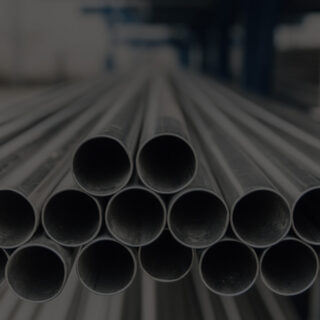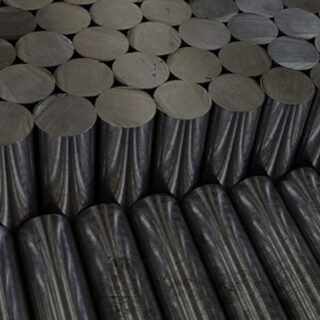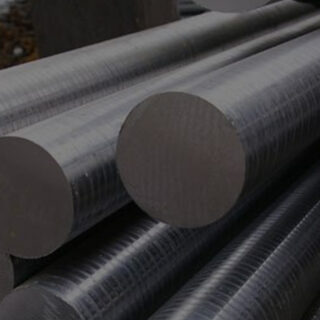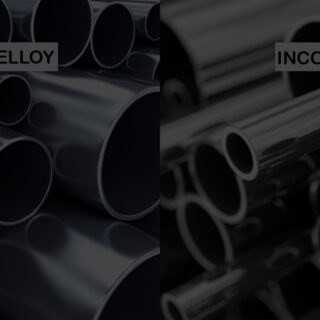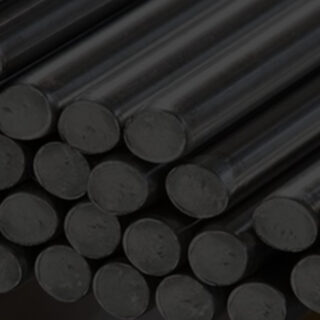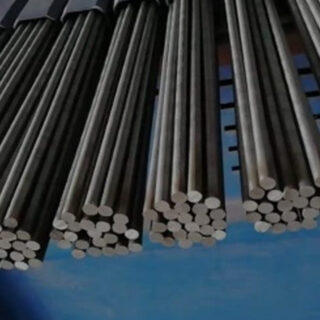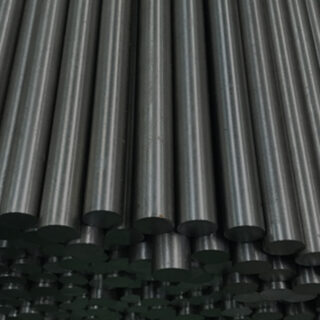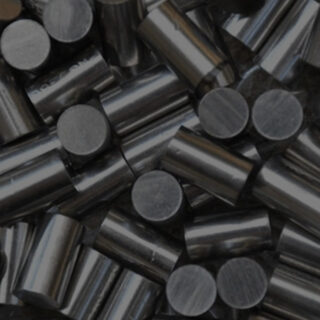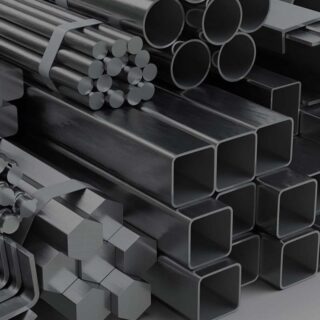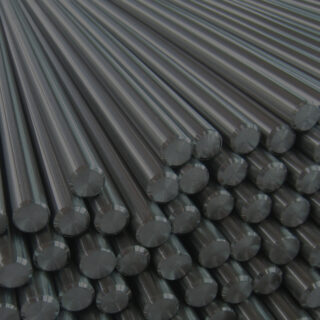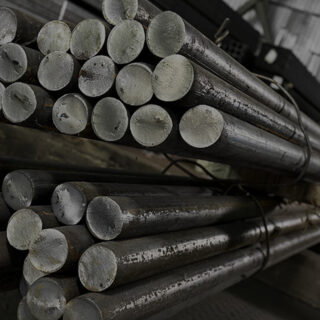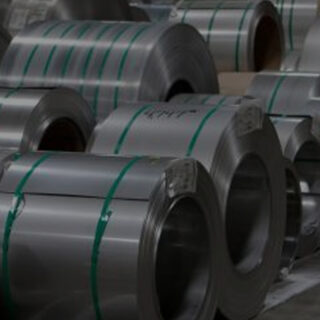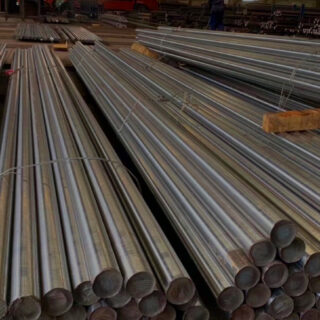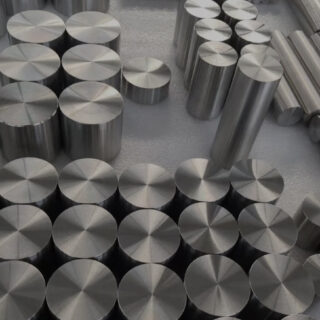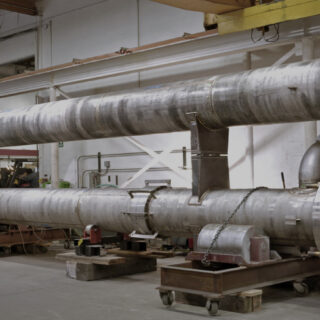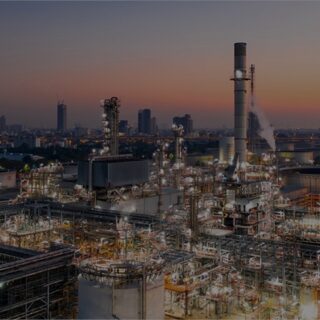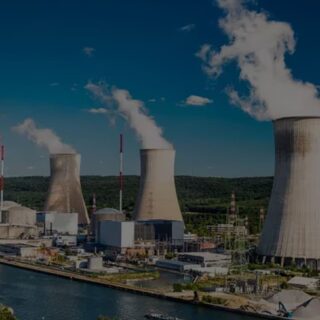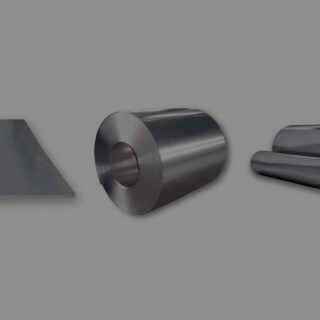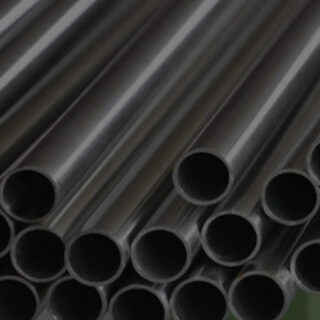
In the world of extreme environments, where materials are pushed to their limits, two names frequently emerge as frontrunners, Hastelloy and Inconel. Both are known to perform exceptionally well in adverse environments; however, mastering the subtle differences between them can be the key to selecting the right material for a given application. In terms of their ability to fight against corrosive environments or to withstand high temperatures, the comparison between Hastelloy and Inconel is quite enlightening as to their specific strengths and applications
A Brief Introduction to Hastelloy and Inconel
Hastelloy and Inconel are both high temperature alloys belonging to the group of materials designed to perform well in conditions that are hostile to most metals. They are mainly nickel based alloys and this forms a strong base on which they can be able to withstand different forms of degradation. However, the composition and characteristics of these alloys are unique, and that is why they are used in various applications
Hastelloy is a series of alloys that are used mainly for their excellent corrosion resistance and their ability to withstand severe service conditions like chemical processing industries. Some of the common types are Hastelloy C-276, C-22, and B-3 which have different properties that make them suitable for use in different environments with corrosive components
Inconel on the other hand is all about heat resistance. Inconel alloys 600, 625 and 718 have high strength at high temperatures and are often used in aerospace, power generation and other industries where high temperatures are the norm
Corrosion Resistance: The Forte of Hastelloy
In terms of corrosion, Hastelloy properties are quite outstanding. This alloy is particularly made to offer resistance to the severest types of corrosion such as pitting, crevice corrosion, and stress corrosion cracking. Because of its excellent corrosion resistance to a variety of corrosive chemicals such as sulfuric acid, hydrochloric acid and chlorine, the material is widely used in chemical processing and petrochemical industries
One of the most notable features of Hastelloy is its versatility in corrosive environments. For instance, Hastelloy C-276 is often chosen for its ability to resist both oxidizing and reducing agents. This dual resistance is not something many alloys can boast of, making Hastelloy a preferred choice in environments where both conditions may be present
Moreover, Hastelloy’s resilience extends to its heat-resistant alloys. While its primary strength lies in its corrosion resistance, Hastelloy can also endure high temperatures without losing its anti-corrosive properties. This makes it suitable for environments where both high temperatures and corrosive elements are at play, such as in chemical reactors and flue gas scrubbers
Inconel: Mastering High Temperatures
While corrosion resistance is Hastelloy’s strength, Inconel properties excel where high temperatures are the norm. Inconel is intended to keep its strength and shape in conditions that are beyond the capabilities of most metals. This makes it very useful in applications such as aerospace where parts are required to operate in the high temperatures of a jet engine or turbine
Another characteristic of Inconel is that when exposed to high temperatures it develops a layer of oxide that protects it. This layer serves as a shield to stop more oxidation and preserve the alloy from further deterioration in the future. This self-healing property is especially useful in the situations where high temperature is accompanied by oxidative conditions
Creep resistance is also one of the good characteristics of inconel alloys. Creep, the ability of a material to deform plastically under mechanical stress, is a major issue at high temperatures. Due to its creep resistance, Inconel is suitable for applications in parts that are exposed to high stress and high temperatures for long periods of time, for example in gas turbines and nuclear reactors

Choosing Between Hastelloy and Inconel
Although Hastelloy and Inconel are both used in extreme conditions, the decision between the two depends on the requirements of the application
If the main goal is to avoid aggressive types of corrosion, especially in a chemical processing environment, Hastelloy is usually more suitable. For this reason, it is suitable for use in conditions where both corrosion and moderate heat are likely to be present
On the other hand, if the application is to be exposed to high temperatures, especially mechanical stresses, then Inconel would probably be the better choice. The property of strength and the resistance to oxidation at high temperatures means that components made from Inconel will be able to operate effectively in heat applications
Conclusion
In the battle of corrosion resistance alloys and heat-resistant alloys, both Hastelloy and Inconel stand out as champions. Each alloy brings its own set of strengths to the table, tailored to meet the challenges of extreme environments. By understanding the specific properties and ideal applications of these alloys, industries can make informed decisions that ensure longevity, safety, and performance in the most demanding conditions
Whether you’re facing corrosive chemicals or soaring temperatures, the right alloy choice—comparing Hastelloy and Inconel—can mean the difference between success and failure. Both alloys have earned their place in the most challenging applications, and understanding their differences allows engineers and designers to choose with confidence, knowing they are selecting a material that will endure the extremes
You can Contact us at sales@nufialloys.com to discover more about Hastelloy and Inconel, and their applications in various industries.


